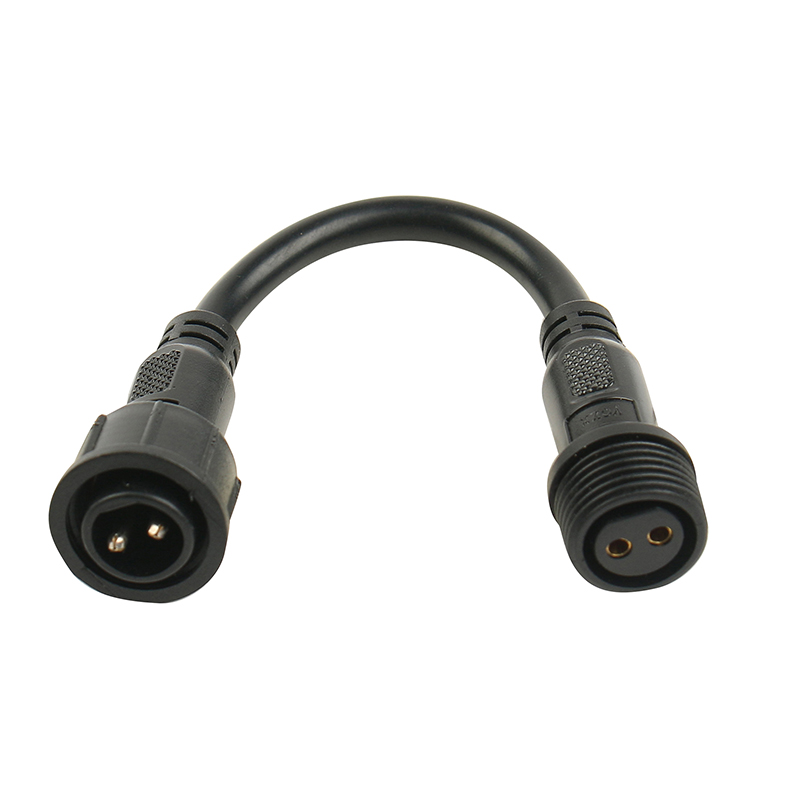News


News

Saltwater Invasion? Waterproof Marine Wire Connectors Guard Your Vessel’s Electrical Lifelines
Release time:2025-03-31
viewed:356
From the rolling decks of fishing trawlers to the scorching engine rooms of cargo ships, waterproof marine wire connectors are the unsung guardians of maritime electrical reliability. This article explores how these specialized connectors tackle two critical challenges: preventing saltwater-induced failures on deck and surviving the brutal heat and chemicals of engine compartments.

The Challenge
On open decks, electrical systems face:
Saltwater Spray: Corrodes terminals and causes short circuits.
Wave Impact: High-pressure surges infiltrate unsealed junctions.
UV Degradation: Sunlight weakens plastics and seals over time.
How Waterproof Marine Connectors Deliver
IP68/IP69K Sealing
Multi-Layer Defense: Silicone O-rings + epoxy potting + UV-resistant polycarbonate housings block saltwater ingress even during storm-driven wave strikes.
Tested Performance: Survives 1,000+ hours of salt spray (ASTM B117) and 100-bar pressure washing.
Surge Protection
Dielectric Grease-Filled Cavities: Prevents arcing during sudden voltage spikes caused by lightning or equipment faults.
Shielded Cables: Aluminum braiding in navigation light connectors reduces EMI from radar and communication systems.
Case Study: A Baltic Sea ferry reduced deck lighting failures by 75% after switching to IP69K-rated connectors, despite year-round salt spray and -20°C winters.
The Challenge
Engine room environments demand connectors that withstand:
Temperatures up to 150°C near exhaust systems.
Oil/Coolant Exposure: Diesel, lubricants, and acidic coolant spills.
Constant Vibration: 30Hz+ vibrations from diesel generators.
Engineering Solutions
High-Temp Materials
PEEK (Polyether Ether Ketone) Housings: Melts at 343°C, outperforming nylon in heat resistance.
Viton® Seals: Withstands oil, fuel, and coolant without swelling or cracking.
Chemical Resistance
316 Stainless Steel Terminals: Resists sulfuric acid in battery compartments and saltwater corrosion.
Epoxy-Potted Contacts: Eliminates crevices where chemicals could pool and degrade connections.
Case Study: A container ship’s engine room sensor network saw zero failures over 5 years using chemical-resistant connectors, despite daily exposure to diesel exhaust and coolant leaks.
1. Material Checklist
Housings: UV-stabilized polycarbonate (deck) or PEEK (engine room).
Seals: Silicone for general use, Viton® for oil/fuel zones.
Terminals: Gold-plated copper for signal lines, 316 stainless for power.
2. Certifications to Demand
UL 1500: Ignition protection for hazardous engine room areas.
ABS (American Bureau of Shipping): Mandatory for commercial vessels.
3. Maintenance Tips
Annual Inspections: Check seals for hardening or cracks.
Post-Storm Checks: Rinse deck connectors with fresh water to remove salt residue.
Waterproof marine wire connectors bridge the gap between brutal maritime environments and uninterrupted electrical performance. By combining military-grade sealing, chemical-resistant materials, and rigorous certifications, they ensure lights stay on, sensors stay accurate, and vessels stay operational—whether battling North Atlantic waves or tropical engine room heat.